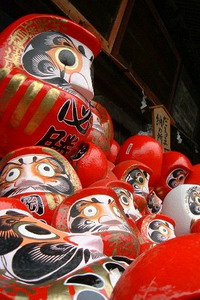TOKYO THROUGH THE LENS – THE MOST INTERESTING PLACES FOR A PHOTOSESSION (part 1)
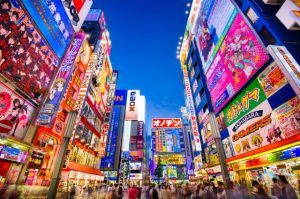 Tokyo is not only the capital, but also the epicenter of all the most interesting and incredible that can only be found in Japan. Tourists who come to the Land of the Rising Sun most often begin to get acquainted with it precisely with Tokyo.
Tokyo is not only the capital, but also the epicenter of all the most interesting and incredible that can only be found in Japan. Tourists who come to the Land of the Rising Sun most often begin to get acquainted with it precisely with Tokyo.
The Japanese capital is a unique cocktail of antiquity, cultural centers, monuments, natural parks and striking modern architecture with many entertainment centers, clubs and hotels. It is interesting both in summer and in winter, spring and autumn. Continue reading
Japanese language difficulties
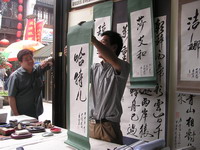 Due to the difficult writing and vocabulary features, the Japanese language can become a stumbling block for even the most talented linguists. But now, it seems, the difficulties of the Japanese language are baffling even its speakers.
Due to the difficult writing and vocabulary features, the Japanese language can become a stumbling block for even the most talented linguists. But now, it seems, the difficulties of the Japanese language are baffling even its speakers.
According to the National Institute of Multimedia Education, which tested 13 thousand first-year students at 33 universities and colleges, one fifth of students learned to read only by the age of 13-15.
Students were offered test texts and asked to identify nouns, adjectives and adverbs in them.
Two-thirds of those tested understood the word “upset” as “being happy.” Continue reading
Sakura blossom time (part 3)
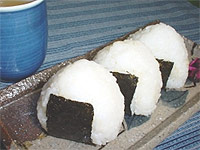 It is customary to gather for picnics not only during the day, but also in the late evening and even at night, because at this time the blossoming sakura is especially beautiful. In the parks and gardens under the trees, small lanterns called “wright-appu” are installed, which illuminate them from below, as well as tall lanterns made of “washi” rice paper, from which light gently falls on the flowers. Night hanami is called “Iosakura”, which means “night sakura.”
It is customary to gather for picnics not only during the day, but also in the late evening and even at night, because at this time the blossoming sakura is especially beautiful. In the parks and gardens under the trees, small lanterns called “wright-appu” are installed, which illuminate them from below, as well as tall lanterns made of “washi” rice paper, from which light gently falls on the flowers. Night hanami is called “Iosakura”, which means “night sakura.”
In the spring, when sakura blooms, a magical time begins in Japan. From all over the world, connoisseurs of beauty come here to enjoy the moment when the whole country is buried in white and pale pink colors. The splendor of flowering trees is difficult to put into words, however, like everything in this world, it is inconsistent. Continue reading
Sakura blossom time (part 2)
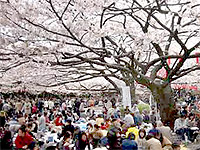 CALENDAR TIME FLOWER OF SAKURA
CALENDAR TIME FLOWER OF SAKURA
Japanese cherry blossoms stretch from subtropical to temperate latitudes, so all seasonal changes smoothly flow from south to north. On the southernmost island of Japan, Okinawa, the first sakura buds open in January, while on the northern island of Hokkaido, sakura can bloom only by summer.
The beginning and duration of sakura blossom varies from year to year. It is officially believed that in Tokyo, sakura blooms from March 27 to April 7, in Sapporo from March 12 to April 20, in Kyoto from April 4 to 16, in Osaka from April 5 to 13, however, these figures are approximate. Continue reading
Sakura blossom time (part 1)
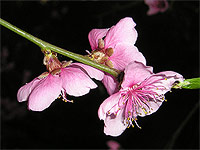 Haaru, spring in Japanese, is the time of flowering of the “sakura” decorative cherry, which is associated with one of the most beautiful holidays of the Land of the Rising Sun. From the end of March to the beginning of April, Japan is completely transformed: hundreds of trees bloom everywhere with white and pinkish-white flowers, which makes it seem from afar that they are shrouded in clouds or covered in snow flakes. Every year, many people gather in parks, alleys, gardens, near palaces and temples to enjoy a truly beautiful and breathtaking sight. This custom is called “hanami” (from the words “hana” – a flower and “mi” – to watch), which literally means “viewing flowers”.
Haaru, spring in Japanese, is the time of flowering of the “sakura” decorative cherry, which is associated with one of the most beautiful holidays of the Land of the Rising Sun. From the end of March to the beginning of April, Japan is completely transformed: hundreds of trees bloom everywhere with white and pinkish-white flowers, which makes it seem from afar that they are shrouded in clouds or covered in snow flakes. Every year, many people gather in parks, alleys, gardens, near palaces and temples to enjoy a truly beautiful and breathtaking sight. This custom is called “hanami” (from the words “hana” – a flower and “mi” – to watch), which literally means “viewing flowers”.
Sakura is the national symbol of Japan, which is devoted to many songs and poems. Continue reading

